
Ultra-widefield imaging may be a promising technology for assessing larger areas of the retinal vasculature to uncover retinal changes in Alzheimer’s disease, according to investigators.

Ultra-widefield imaging may be a promising technology for assessing larger areas of the retinal vasculature to uncover retinal changes in Alzheimer’s disease, according to investigators.

Recent research suggests the need for routine HSV-1 and VZV PCR testing in all explanted corneas regardless of clinical suspicion to detect, treat, and prevent possible recurrence of herpes infection in corneal grafts and support graft survival.

Ocular involvement in IBD is a rare extraintestinal manifestation, but may be critical because of its potential sight-threatening complications if not treated promptly and accurately, according to researchers.
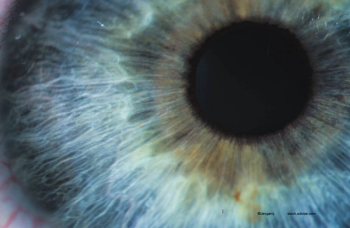
The research team reported a few differences in patients that included a decreased mean vessel density at the deep vascular complex of the macula, a decreased mean subfoveal choroidal thickness, and an increase in the size of the foveal avascular zone.
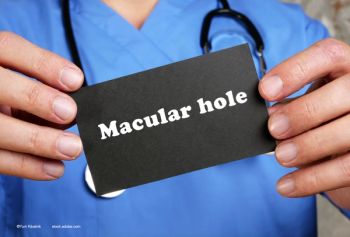
Best-corrected visual acuity and minimum linear diameter before surgery may be indicators for anatomical success.
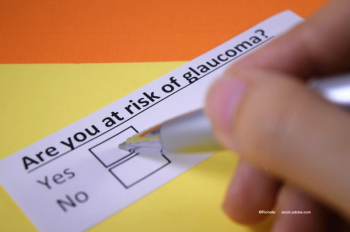
Investigators' data showed that overweight/obesity, migraine, asthma, and smoking are major risk factors for conversion from ocular hypertension to open-angle glaucoma in this Spanish and Portuguese population.
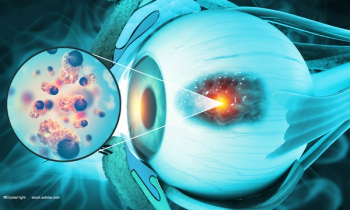
Resection techniques for choroidal tumours are based on modern vitreoretinal surgical techniques, which allow for the treatment of more challenging cases.

Findings may help pediatricians and ophthalmologists to determine the appropriate timing of examinations and treatment.

The decentration and dislocation of lens is key reason for explantation.
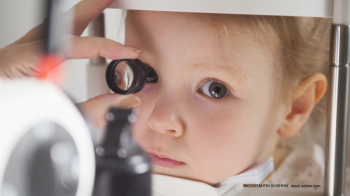
A study of paediatric ophthalmology visits during the COVID-19 pandemic reveals a sharp drop in completed visits, especially among Black patients, older children and non-English-speaking patients.

A recent survey of retinal clinic patients reveals a lack of awareness of the risks and safety issues associated with stem cell therapies.

The survey addressed topics that would facilitate a better understanding of the awareness of retina specialists regarding this relative new form of treatment in ophthalmology.
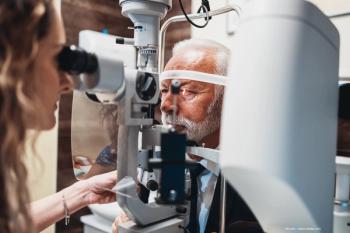
Giving patients access to new treatments and information on changing their lifestyle habits could result in major steps towards minimising or even preventing geographic atrophy.

Inflammation is par for the course in ocular gene therapy; preventing it should be the goal because once it develops, treatment can be difficult.

Use of a highly viscous cohesive ophthalmic viscosurgical device (OVD) enables removal of debris without excessive collateral irrigation trauma.
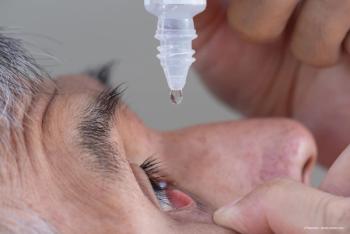
Studies reveal the advantages of numerous new glaucoma treatments that offer a wider range of options for individual patients.
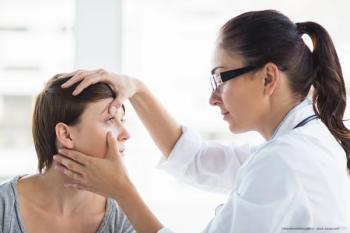
One clinician advises investigating prospective patients for history and evidence suggesting HSV keratitis, and monitoring for post-surgery epithelial defects.
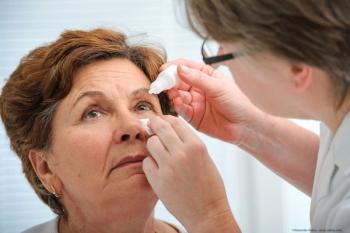
Gentle eye drops, laser or minimally invasive surgery, advising patients on safe viewing of electronic devices, and addressing eyelid disorders can all help to minimise adverse effects.
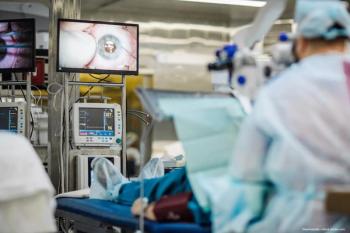
Investigators evaluated VA outcomes after cataract surgery and the factors associated with good visual outcomes in a population of patients with type 2 diabetes.
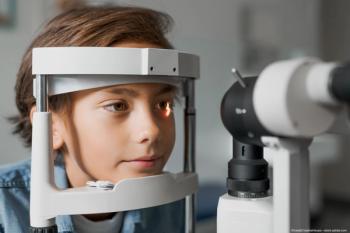
The COVID-19 pandemic has led to greater comfort with robotic telepresence in eye screenings.

Investigators report that a gel-forming sustained-delivery eye drop containing sunitinib can provide increased intraocular absorption of the drug while protecting retinal cells.
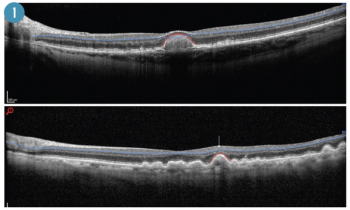
Study images showed that large drusen compressed the inner macula and distorted the tissue architecture, and geographic atrophy resulted in posterior prolapse of the inner retinal layers.
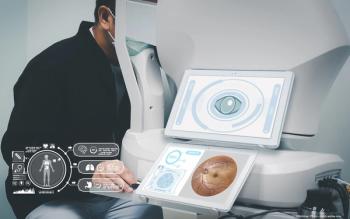
AI and teleophthalmology both show very high level of agreement with in-person evaluations, although further studies are needed to reduce the number of ungradable images.

The goal of World Sight Day, according to IAPB, is “to shine a light on blindness and vision impairment as a major, but solvable, public health issue."

Coordinated by the International Agency for the Prevention of Blindness (IAPB), the international day of awareness is a reminder to "love your eyes."

Innovations in the design of rigid corneal lenses and scleral lenses have delayed the use of or eliminated the need for keratoplasty.

Investigators advise an ophthalmologic evaluation at the time of tumour diagnosis to detect early vision loss.

New visually-guided hearing aid uses eye gaze to focus amplification of sound signals from the direction of the user’s attention.
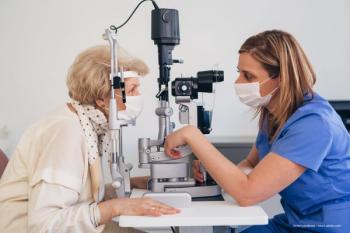
The data analysis showed that the macular thickness decreased across all time periods and in all macular regions for all terciles.
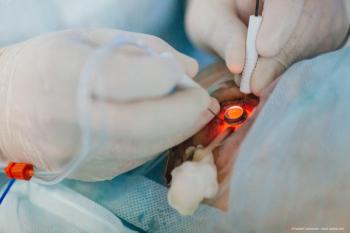
Patients with a unilateral rhegmatogenous retinal detachment frequently ask about the risk of developing an RRD in their fellow eye.